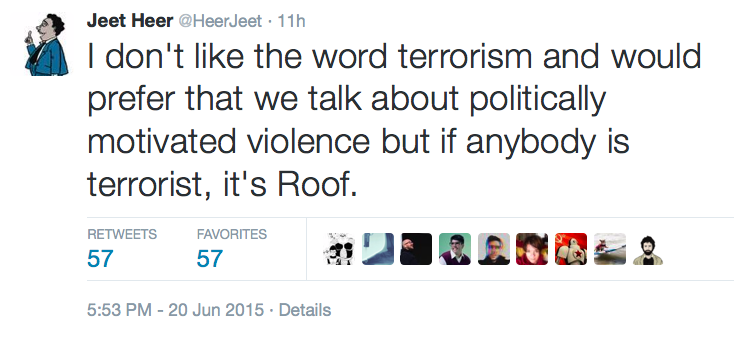 The ease with which identity is presumed to be an inner trait projected outward is pretty easy to document, which makes critiquing it something less than a challenge. For example, I thought about writing a post on the new film “Inside Out” and the popular folk understanding of identity as being an internal quality only subsequently expressed outwardly, such that the social interaction is the effect of a prior and private sentiments.
The ease with which identity is presumed to be an inner trait projected outward is pretty easy to document, which makes critiquing it something less than a challenge. For example, I thought about writing a post on the new film “Inside Out” and the popular folk understanding of identity as being an internal quality only subsequently expressed outwardly, such that the social interaction is the effect of a prior and private sentiments.
But that just seemed too easy.
And, besides, the film seems kind’a fun. Continue reading “Look How Tall You Are!”



 We often assume that actions are either political or spiritual, that those two categories are easily discernible and inherently distinct, but are they different? At times the distinction is legal, centering on the separation of church and state, while at other times the distinction reflects a personal judgment about the actions of another. Whatever judgment is made, however, reflects the assumptions and interests of the observer rather than an inherent difference, as two recent events illustrate.
We often assume that actions are either political or spiritual, that those two categories are easily discernible and inherently distinct, but are they different? At times the distinction is legal, centering on the separation of church and state, while at other times the distinction reflects a personal judgment about the actions of another. Whatever judgment is made, however, reflects the assumptions and interests of the observer rather than an inherent difference, as two recent events illustrate. 
 While driving back from a rainy Sunday morning walk with my dog I recently caught an interview on the radio with
While driving back from a rainy Sunday morning walk with my dog I recently caught an interview on the radio with 

 John Douglas, a former FBI agent, is now a well-known criminal profiler, and he was among the people involved in the effort to free three men who were convicted when they were teenagers, in Arkansas in the mid-1990s, of the brutal murder of three young boys. In the recent documentary on the case, “
John Douglas, a former FBI agent, is now a well-known criminal profiler, and he was among the people involved in the effort to free three men who were convicted when they were teenagers, in Arkansas in the mid-1990s, of the brutal murder of three young boys. In the recent documentary on the case, “